Port Augusta, SA
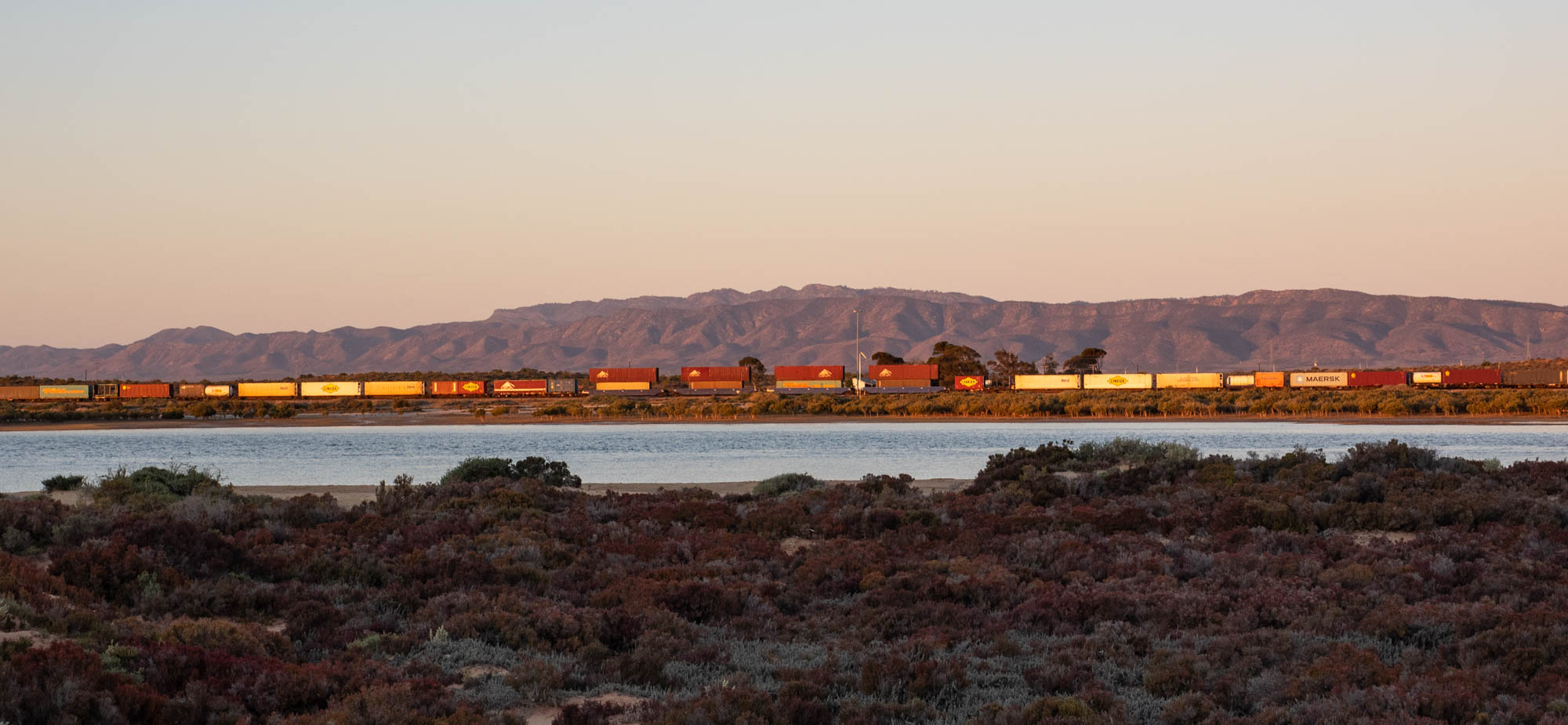
Days 8-9: 12-14 September
(1840km)
After a couple of wonderful days away from civilisation in Mt. Remarkable National Park (well, there were hot showers), we were a bit apprehensive about returning to a city - which technically what our next stop, Port Augusta, population 13,500, is. But Port Augusta turned out to have plenty of natural beauty of its own.
As an aside, let me mention that for the last few days we’ve been in very familiar territory - familiar to me, at least. I was born in Laura, a small town on the other side of the range to our campsite at Mambray Creek and just 65km away.
Call it nostalgia. But whatever, I had a hankering to visit Port Germein, a seaside town just south of Mambray Creek, before we headed north to Port Augusta. I had a vague memory that there was a long jetty at Port Germein. And I was right!
In fact, when it was built, the Port Germein jetty was reputedly the longest wooden jetty in the Southern Hemisphere. It was 1,680m long then, but following restoration work after storm damage, now measures 1,532m. Plenty long enough for a romantic sunset walk to the end.
The bit of the jetty that missed out on restoration has been put to good use by some of the local seabirds.
Then on to Port Augusta…
No River Red Gums to be seen from our site in the Shoreline Caravan Park. But it is an interesting outlook nonetheless.
Natural saltmarsh habitat in the foreground…donuts on the sand on the shore of the bay…a long line of shipping containers wagons on the Alice Springs to Adelaide railway line in the middle ground…the majestic Flinders Ranges in the background.
For me, this epitomises Port Augusta - the juxtaposition of industry and nature, beauty and grot. It kind of works.
Our tour guide FAB (see Kerri’s previous post if this acronym is unfamiliar) guided us to one of those nearby natural places - the Australian Arid Lands Botanic Garden. This is only a couple of kilometres from our caravan park but it feels like you are in the middle of the desert. It is spread over an extensive area - over 200ha.
The visitors centre is surrounded by a zone dominated by Eremophila (Emu Bush) bushes. There are dozens of species and varieties of this genus on display. It is extraordinarily diverse.
Many of the Eremophila and other plants were in flower, providing a rich nectar feed for the several species of honeyeaters in the gardens. We sighted White-plumed, Singing and Spiny-cheeked Honeyeaters and Red Wattlebirds.
Other zones in the garden feature plants from different arid regions and ecosystems - West Coast Mallee, Gawler Ranges, Flinders Ranges, Great Victoria Desert, Central Highlands. Some of these desert plants are spectacular!
You could spend a lot of time exploring the botany and we plan to make a return visit on our way back home from the West to do just that.
But on this occasion we decided to focus on the birdies. FAB highlighted several species that we hadn’t previously seen or had only glimpsed. So the hunt was on!
Several hours of strolling through the gardens yielded 3 “lifers” - a pair of Chirruping Wedgebills, Redthroats and White-winged Fairy Wrens. All excellent “gets”!
The male White-winged Fairy Wren is an almost surreal sight - a tiny brilliant blue and white creature bobbing in and around the saltbush vegetation searching for insects
A family of Variegated Fairy Wren was seen in the company of the White-wings. This is the male.
Fairy Wrens are everybody’s favourite. There are 9 species - all Australian endemics. We’ve now seen 6 of these and will be passing through country later on this trip where we stand a chance of sighting two more.
In addition, we got good views of a pair of White-fronted Honeyeaters - a small but striking bird.
To our eyes someone made a small design fault when assembling this guy.
Something just doesn’t look right.
We were fortunate to see the Chirruping Wedgebills catching large grasshoppers and bringing them back to their nest to feed what must be a rapidly growing youngster. They would fly to the top of tall bushes and call to each other as they carried out their parental duties.
All of these birds are arid zone specialists. It was great to watch them in their native habitat, which looks decidedly unpromising but to which they are obviously well adapted.
Today we leave Port Augusta and continue west.
We plan to bush camp at Lake Gillies Conservation Area. No hot showers here. In fact nothing except nature. Definitely no internet so you will have to wait until we reach Ceduna before you hear from us again.
LIFERS at Port Augusta: first-ever sightings of these bird species
Chirruping Wedgebill, White-winged Fairy-wren, Redthroat

































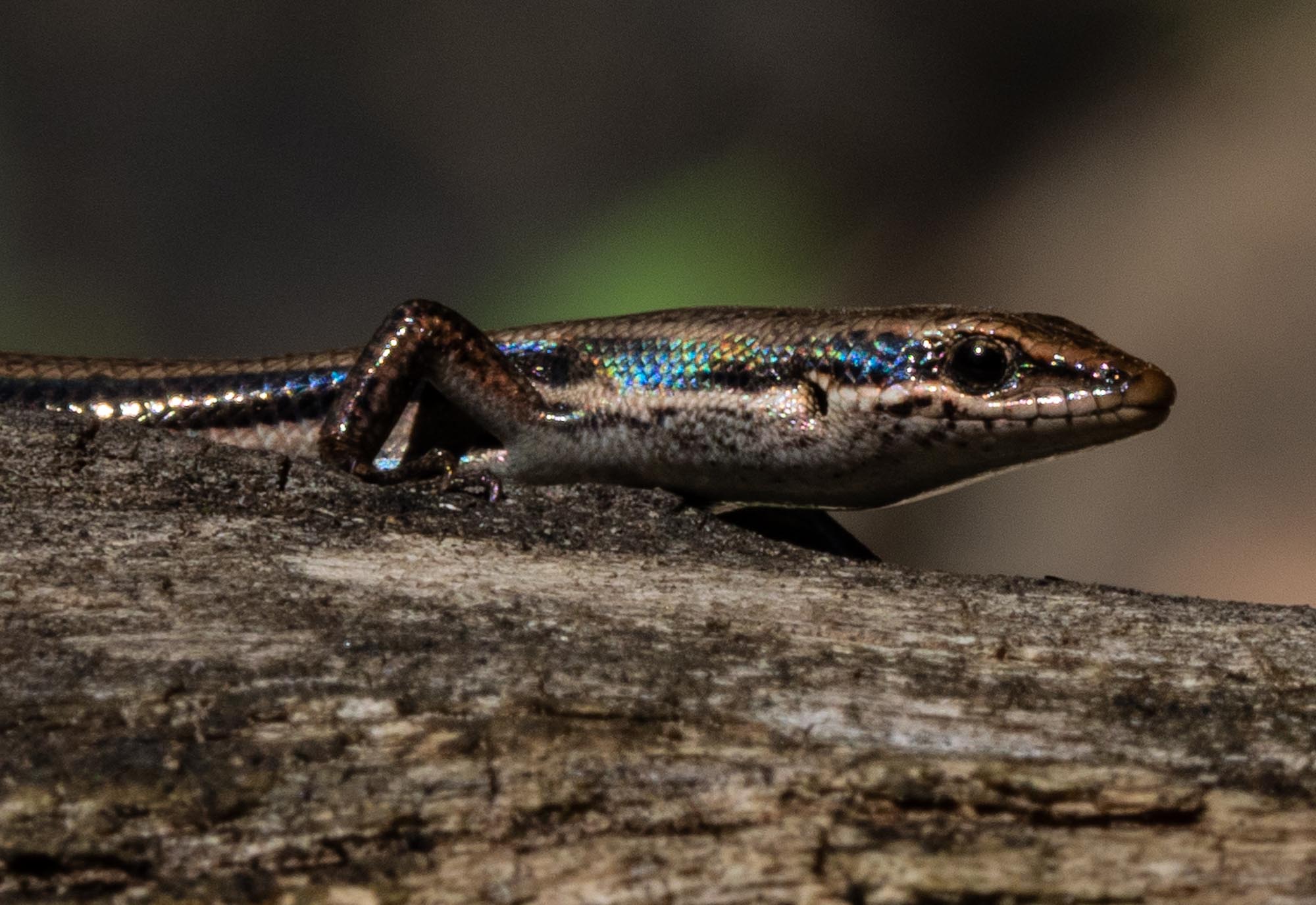
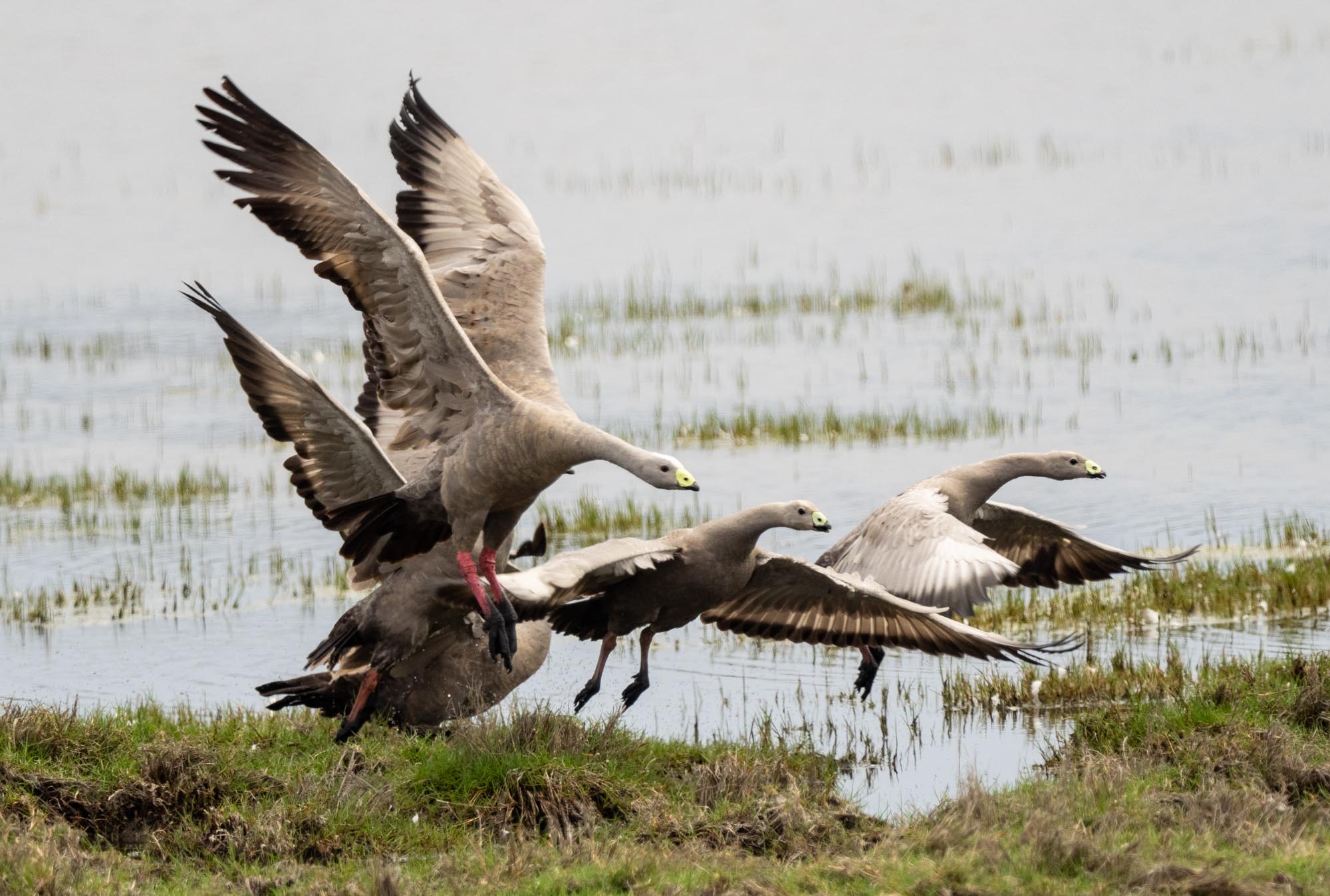
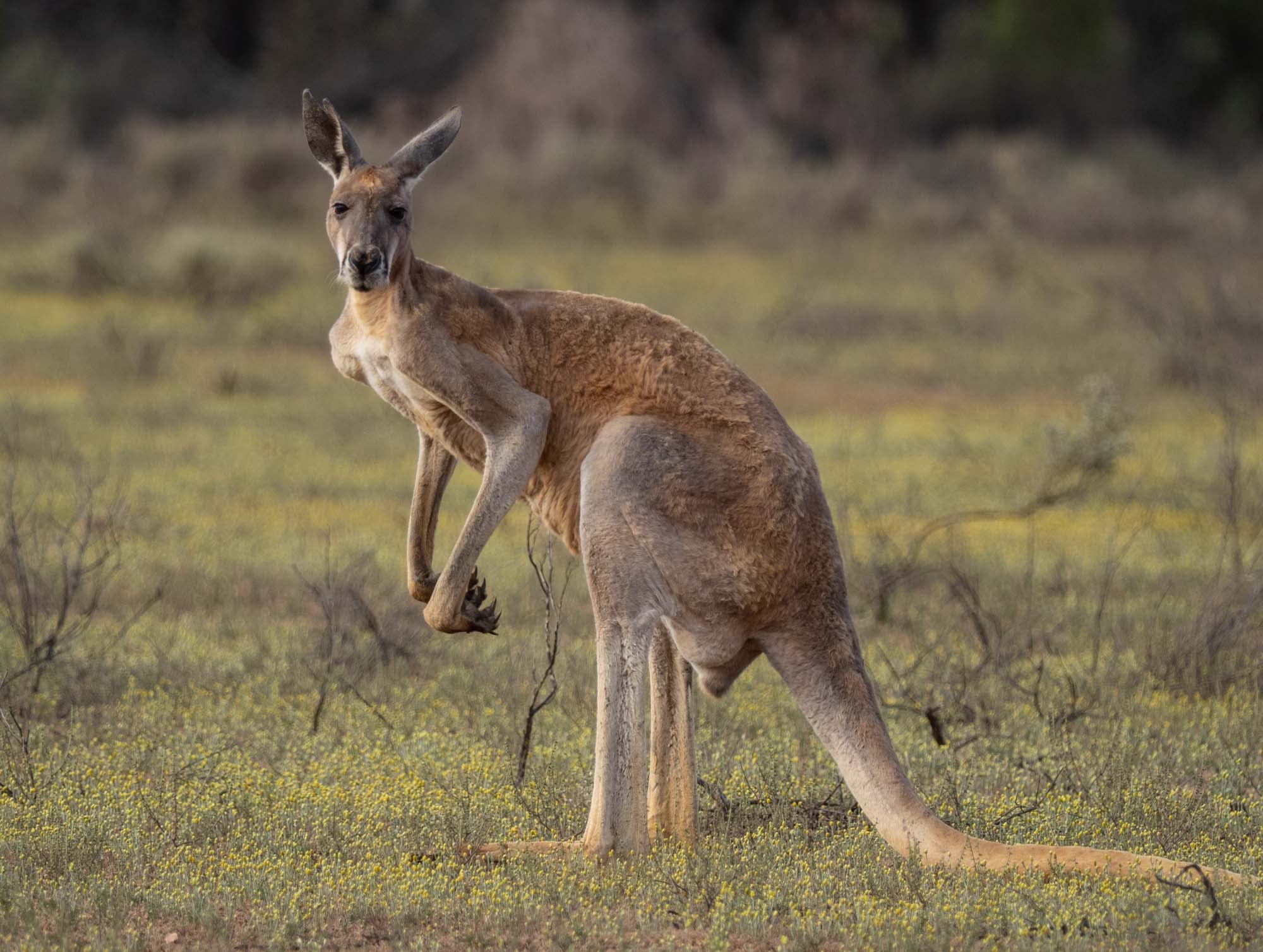


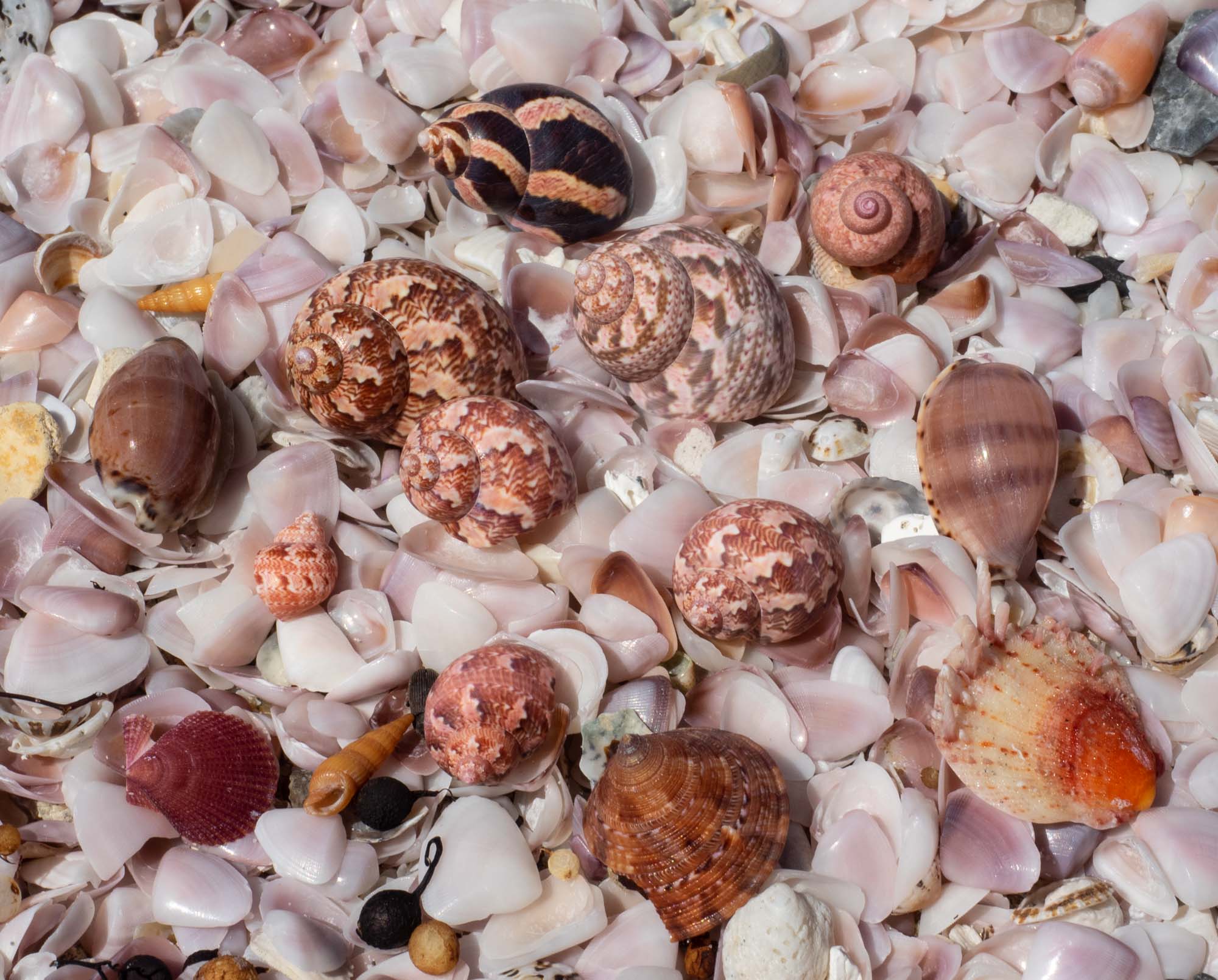
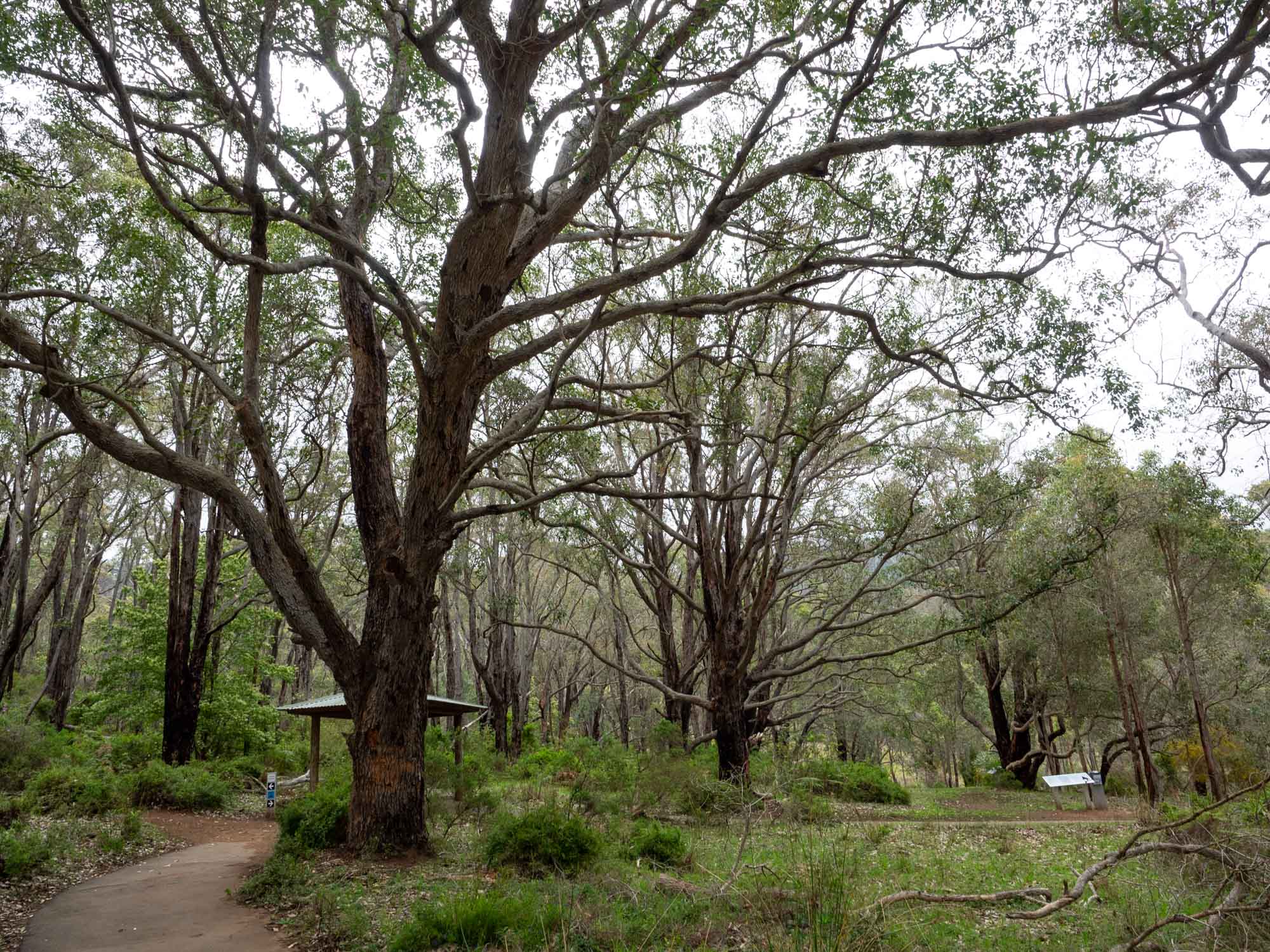
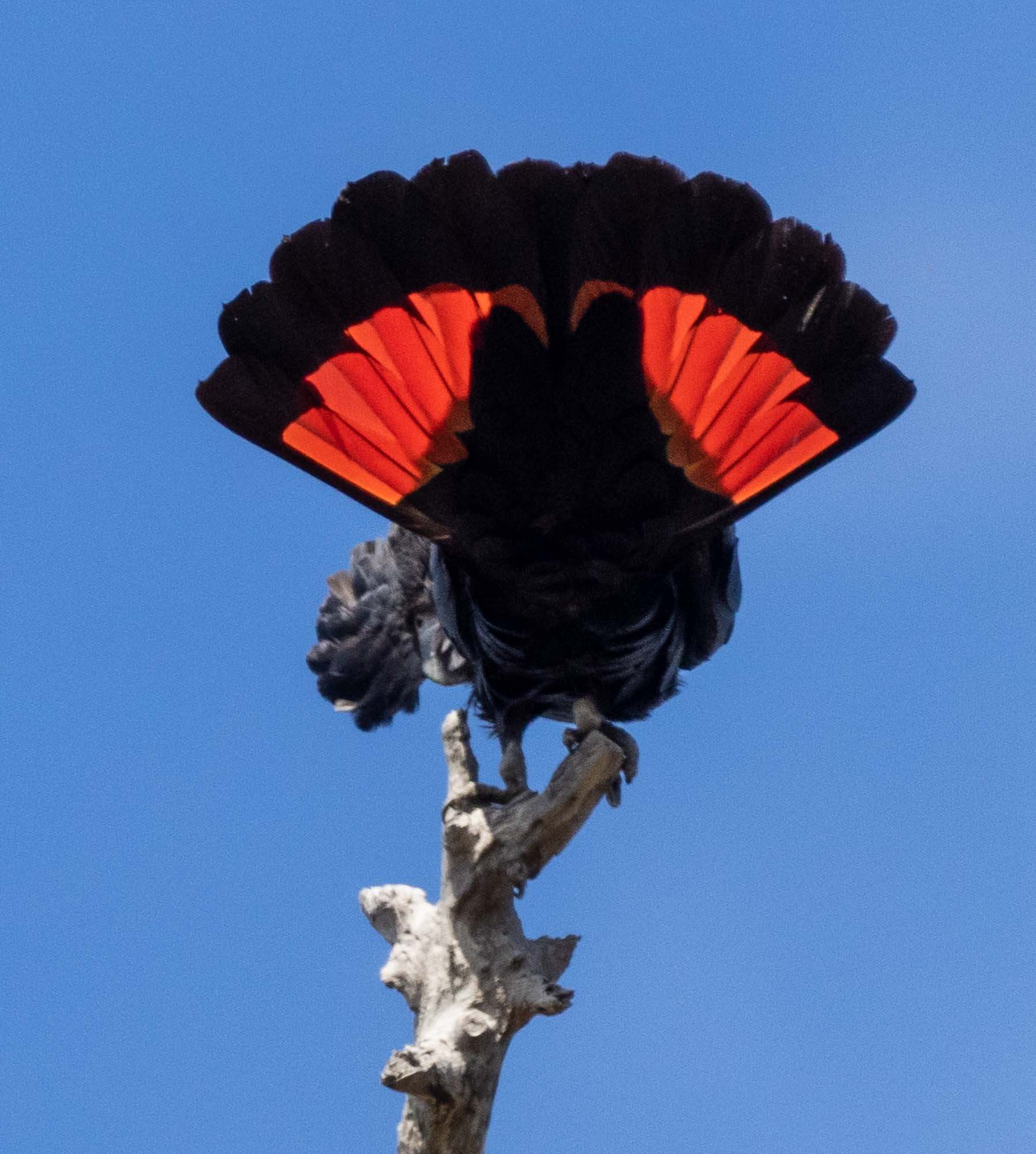

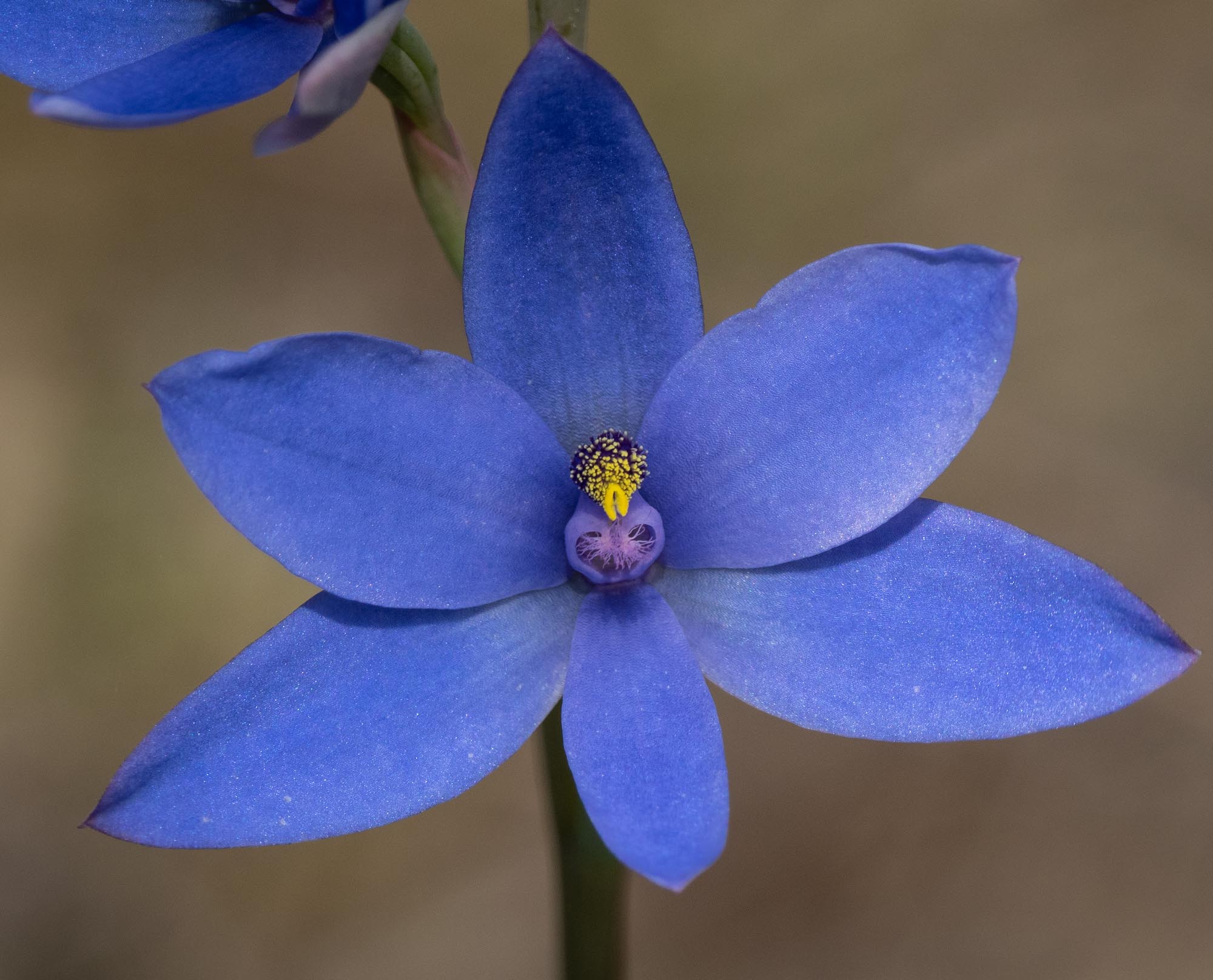
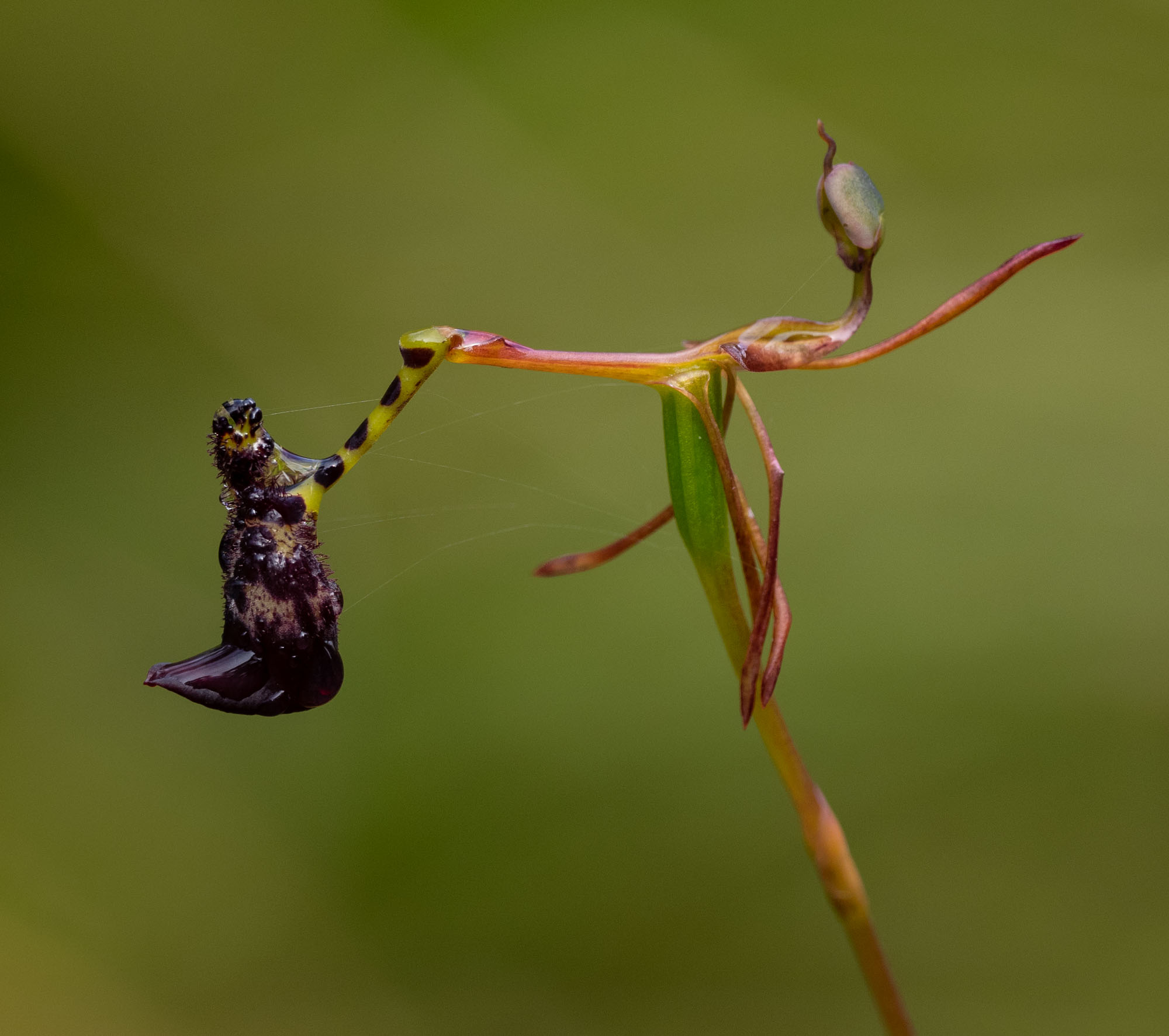
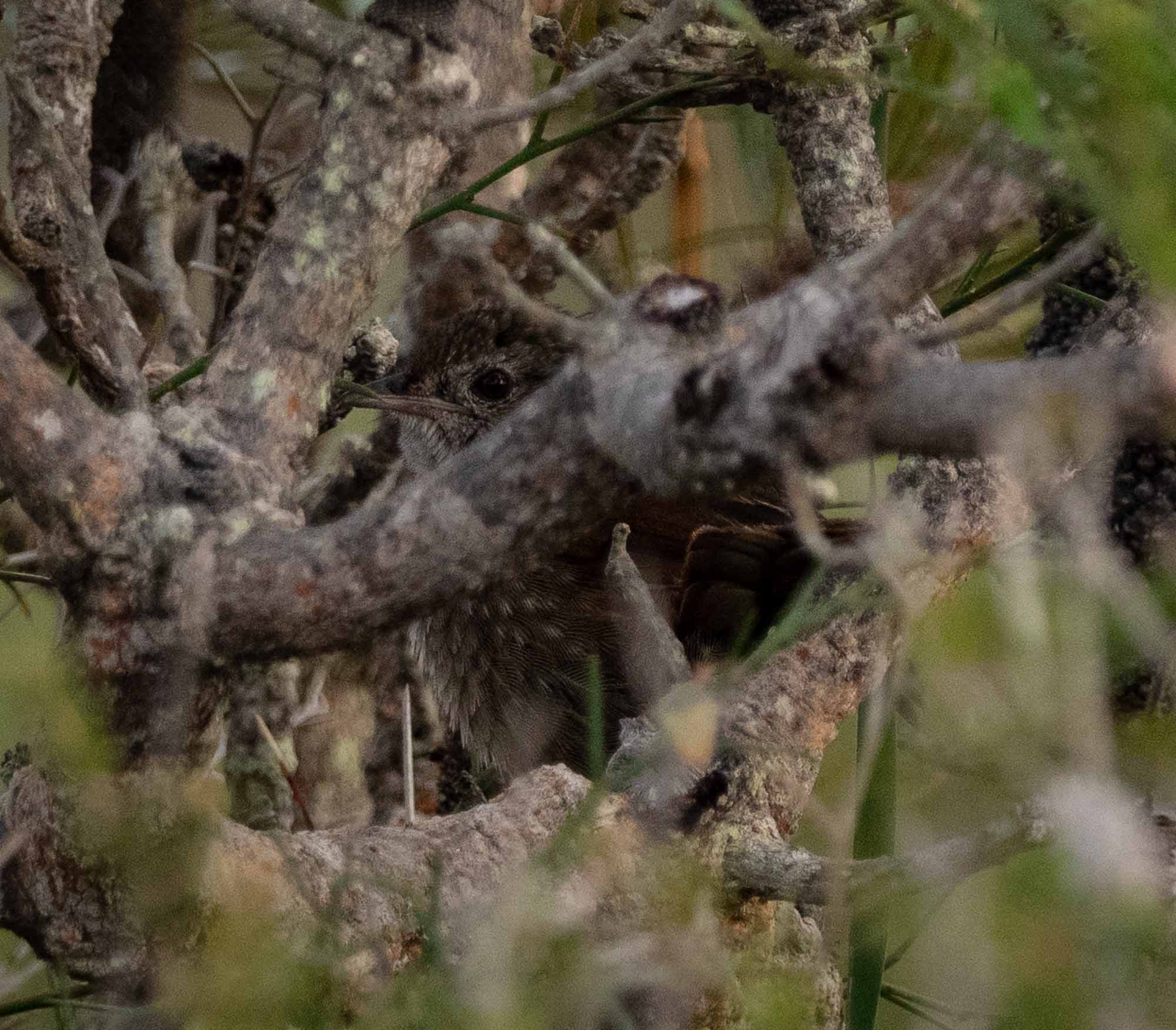
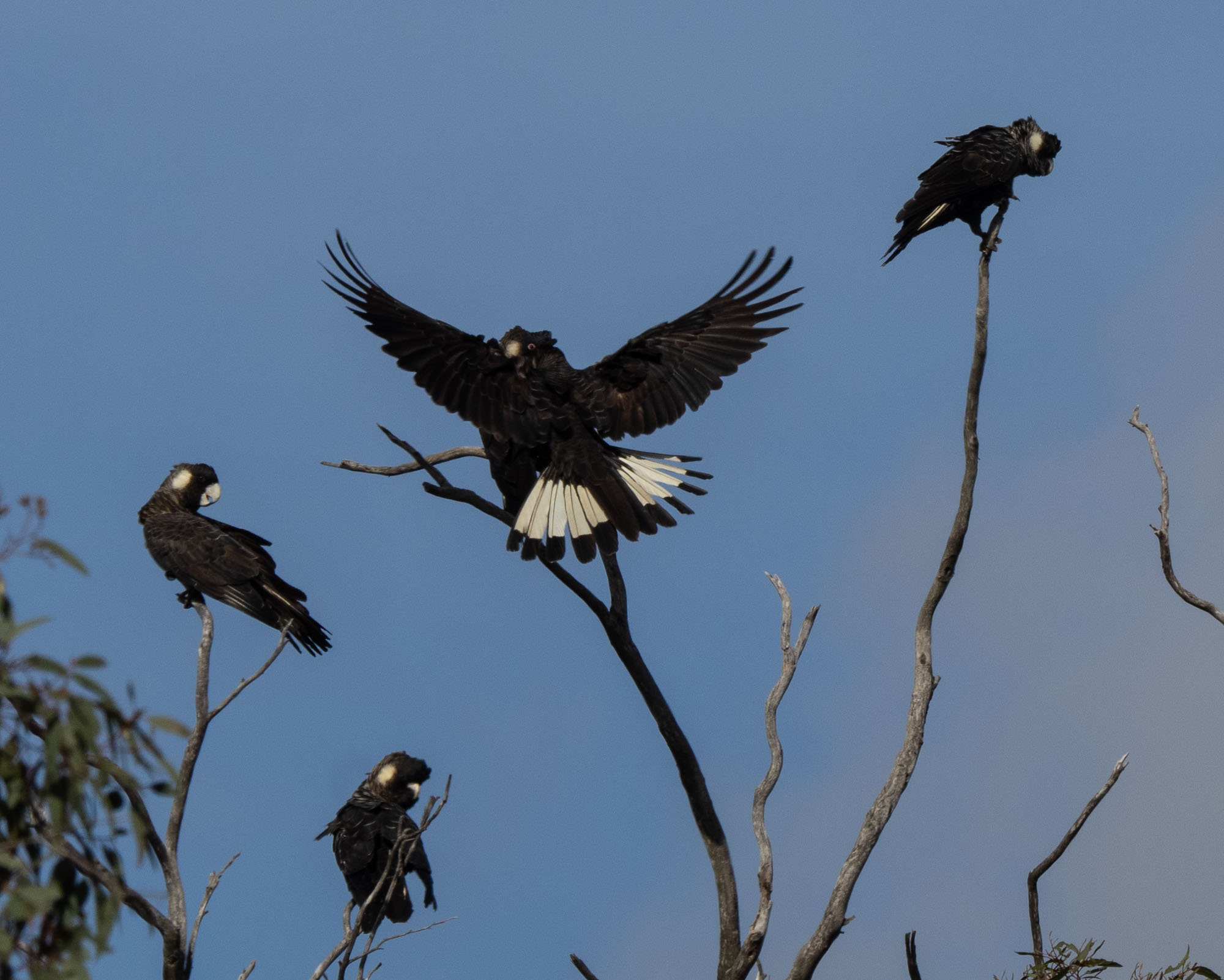


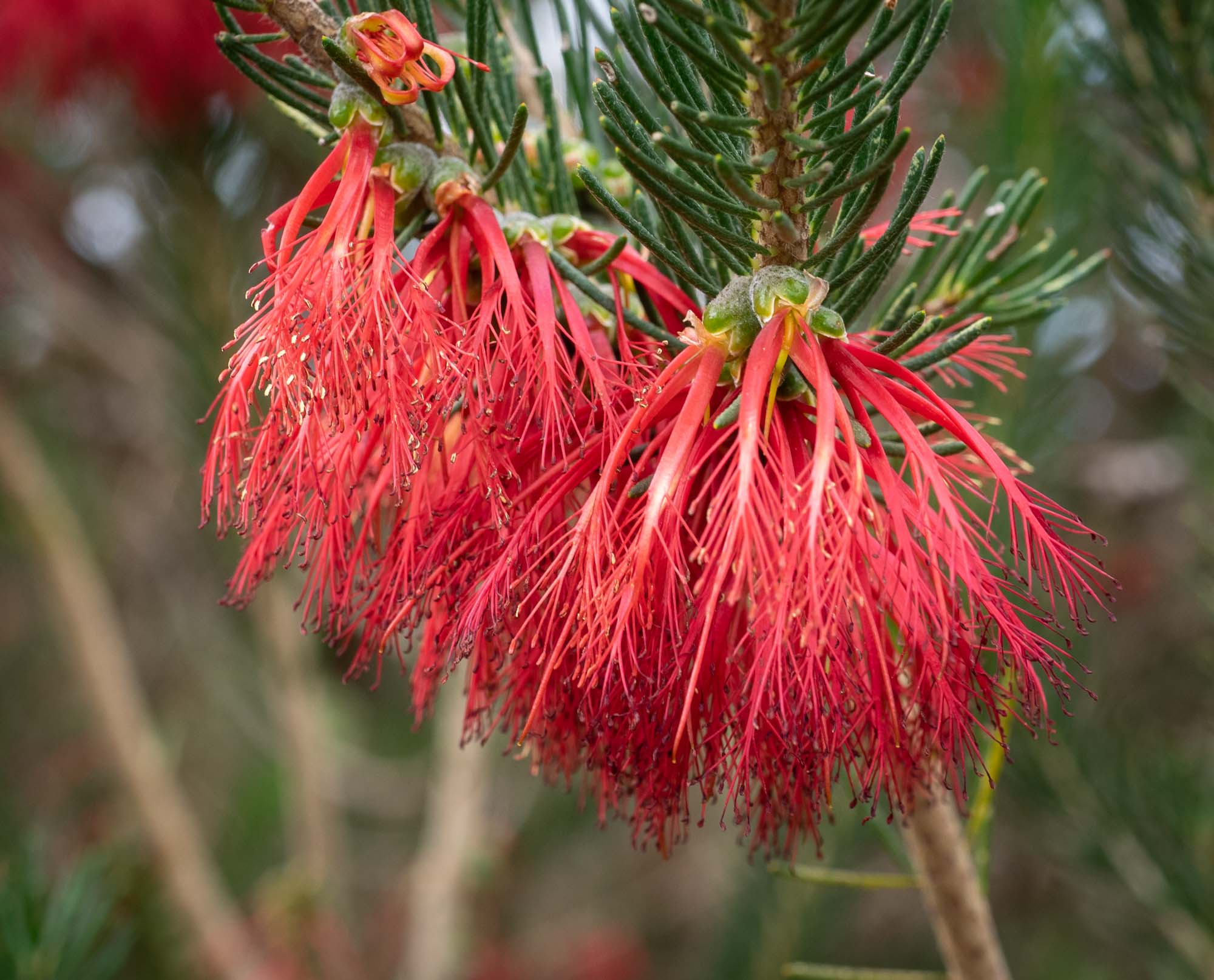

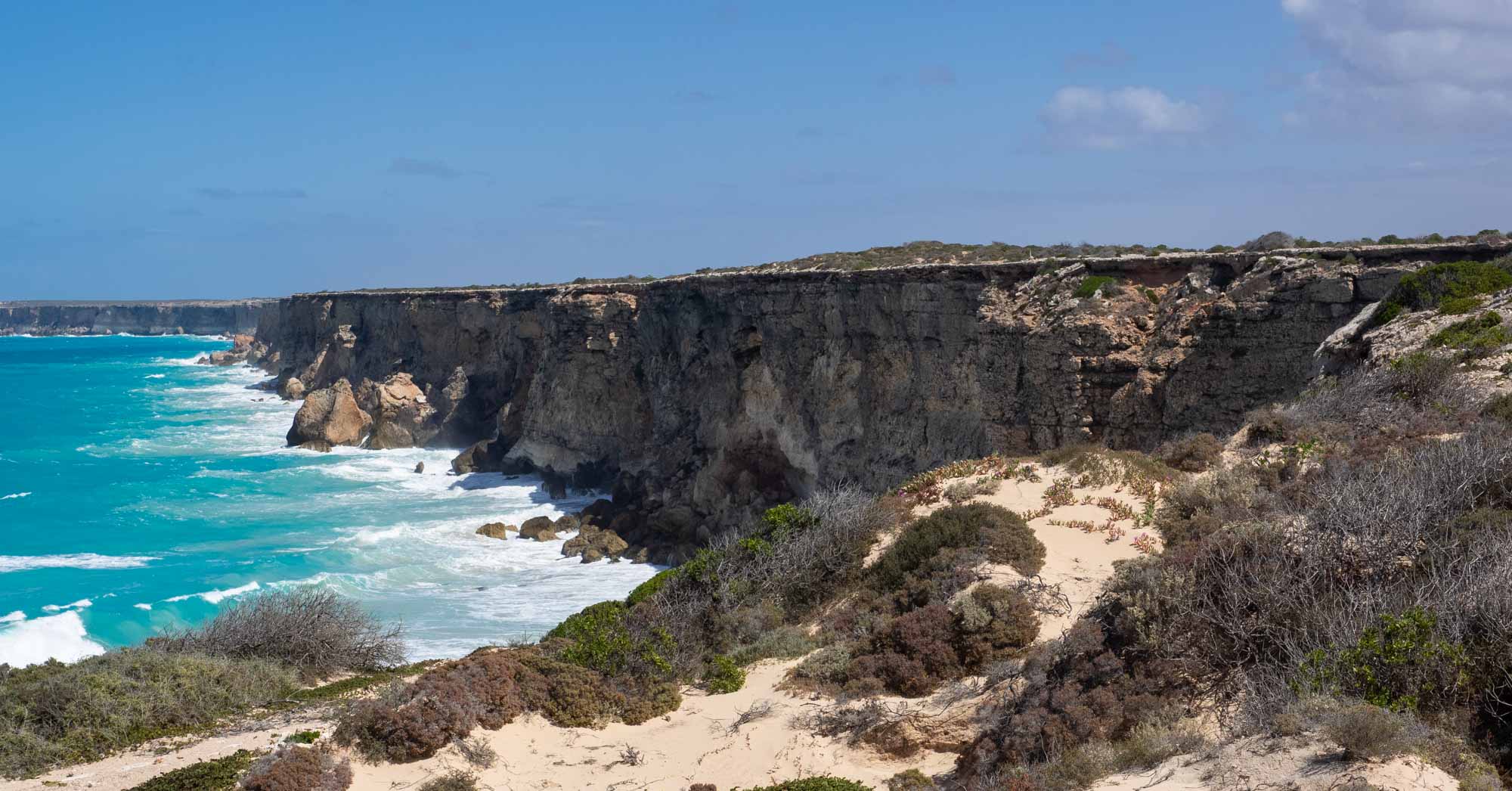
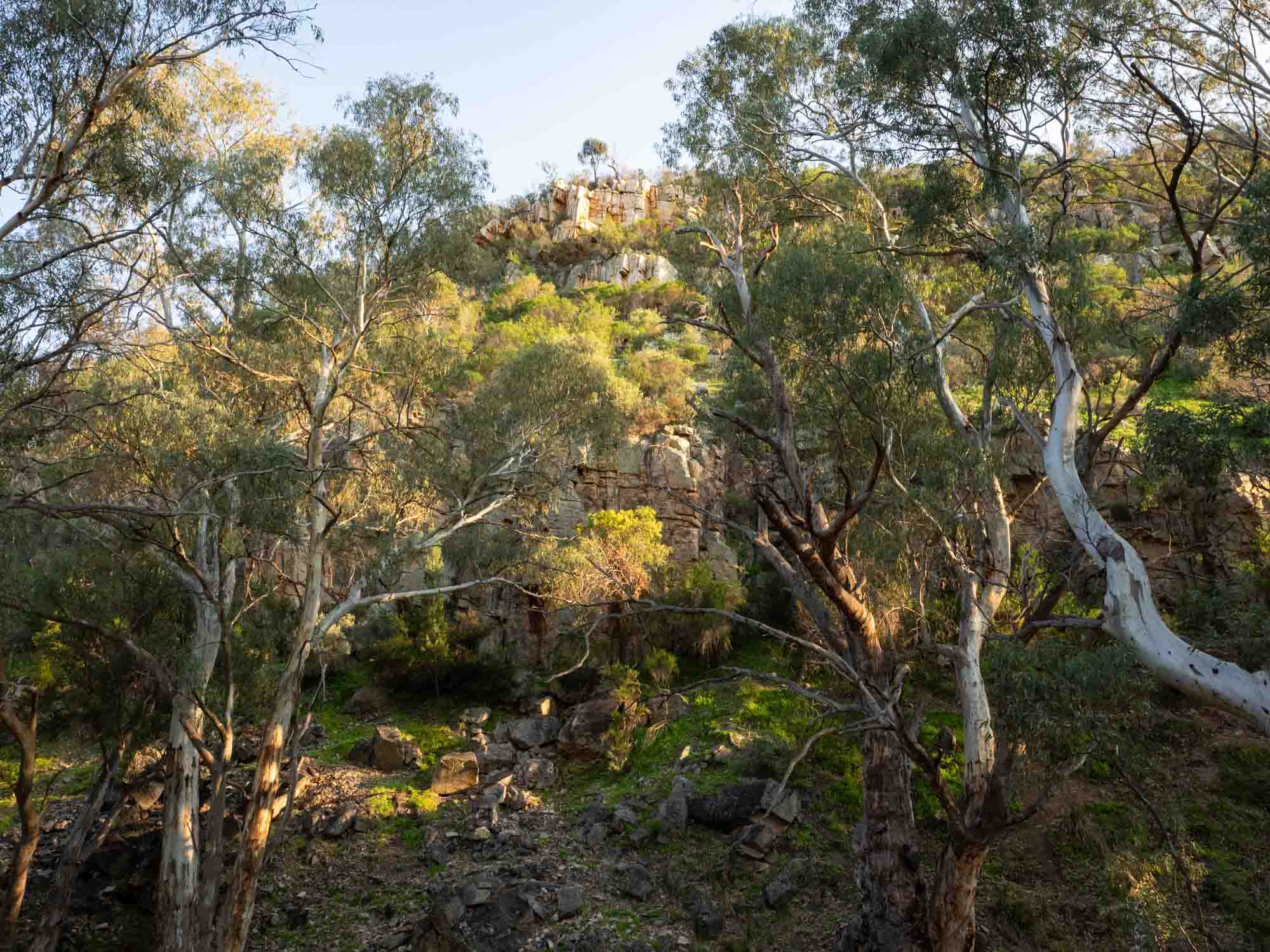



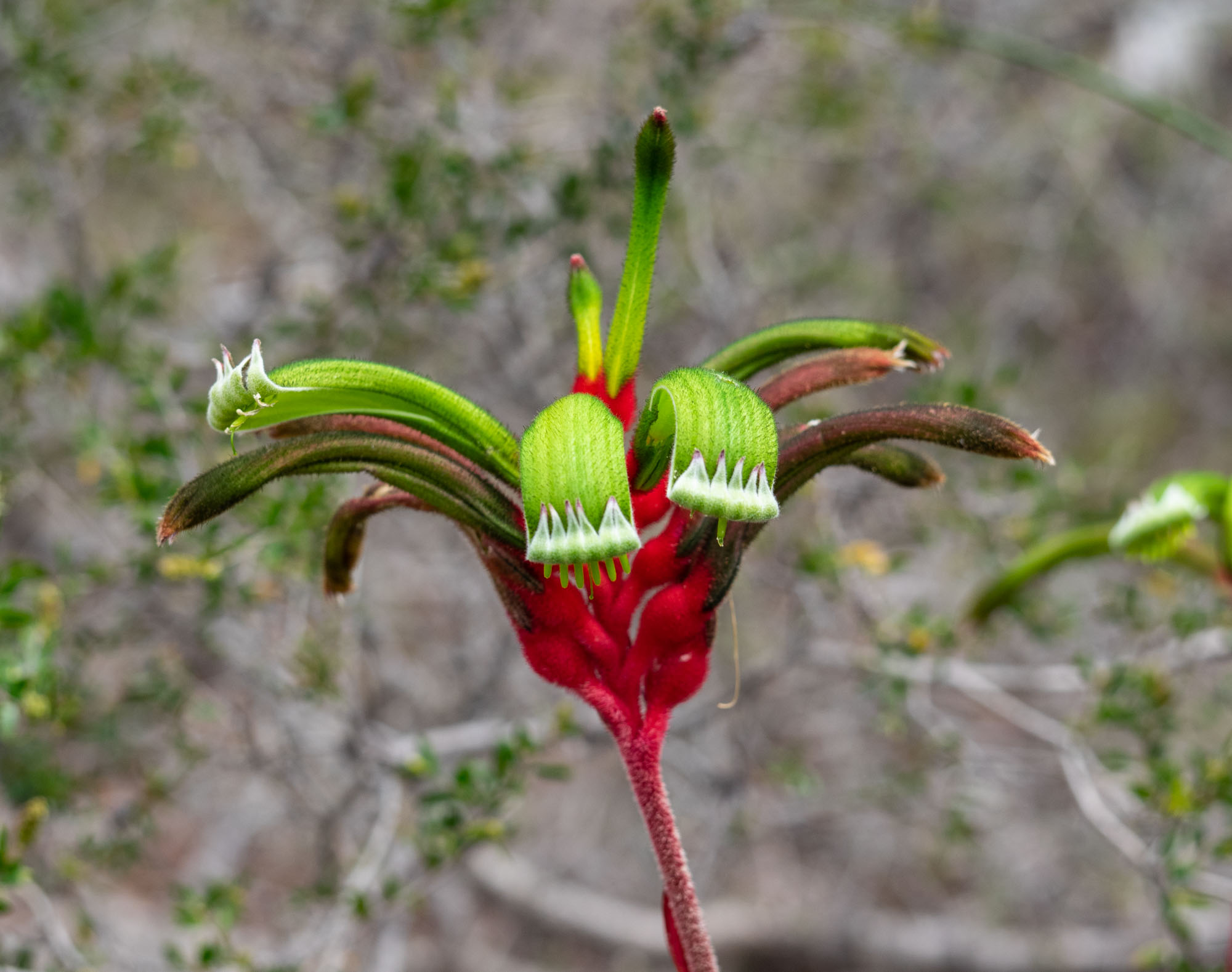
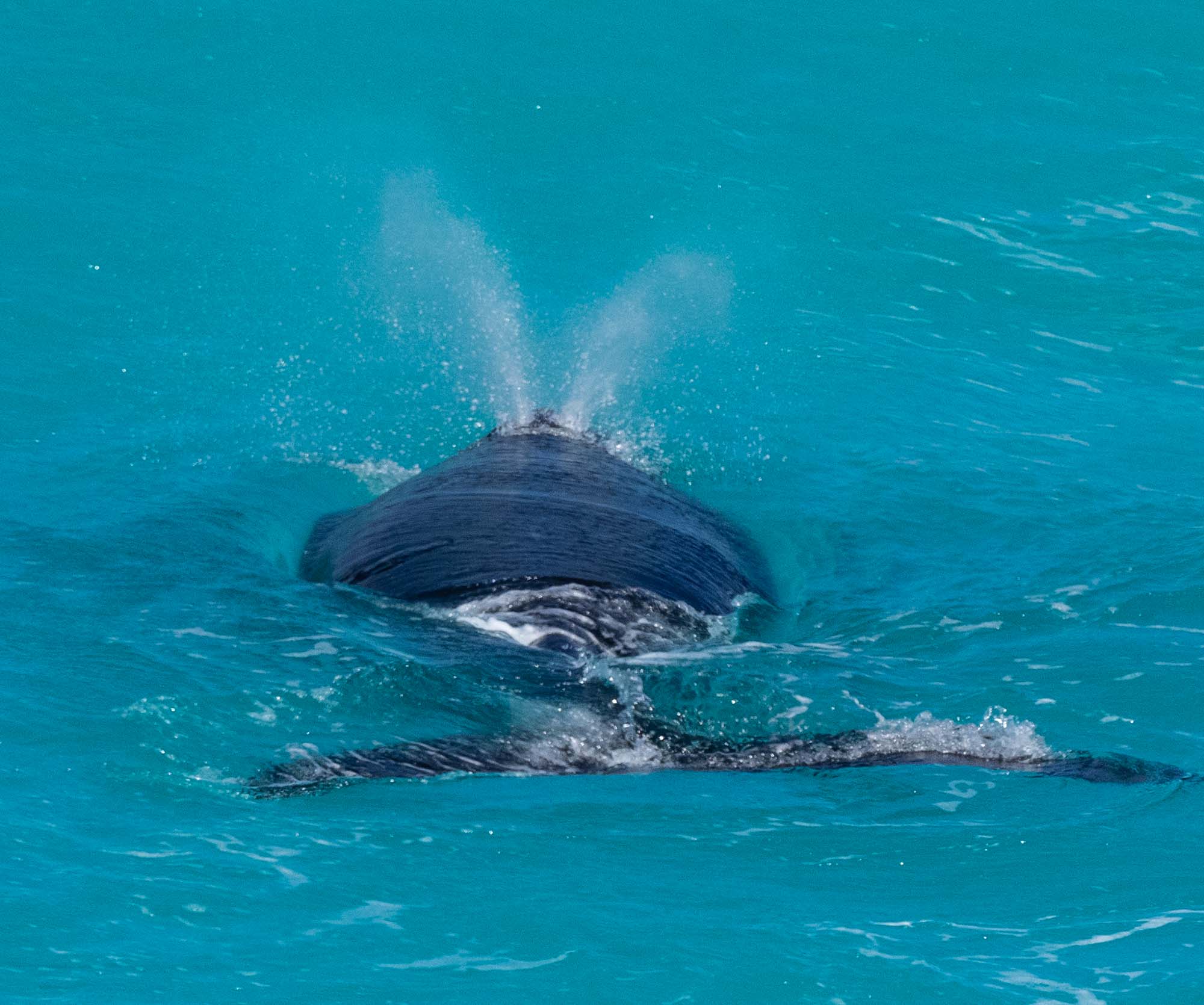
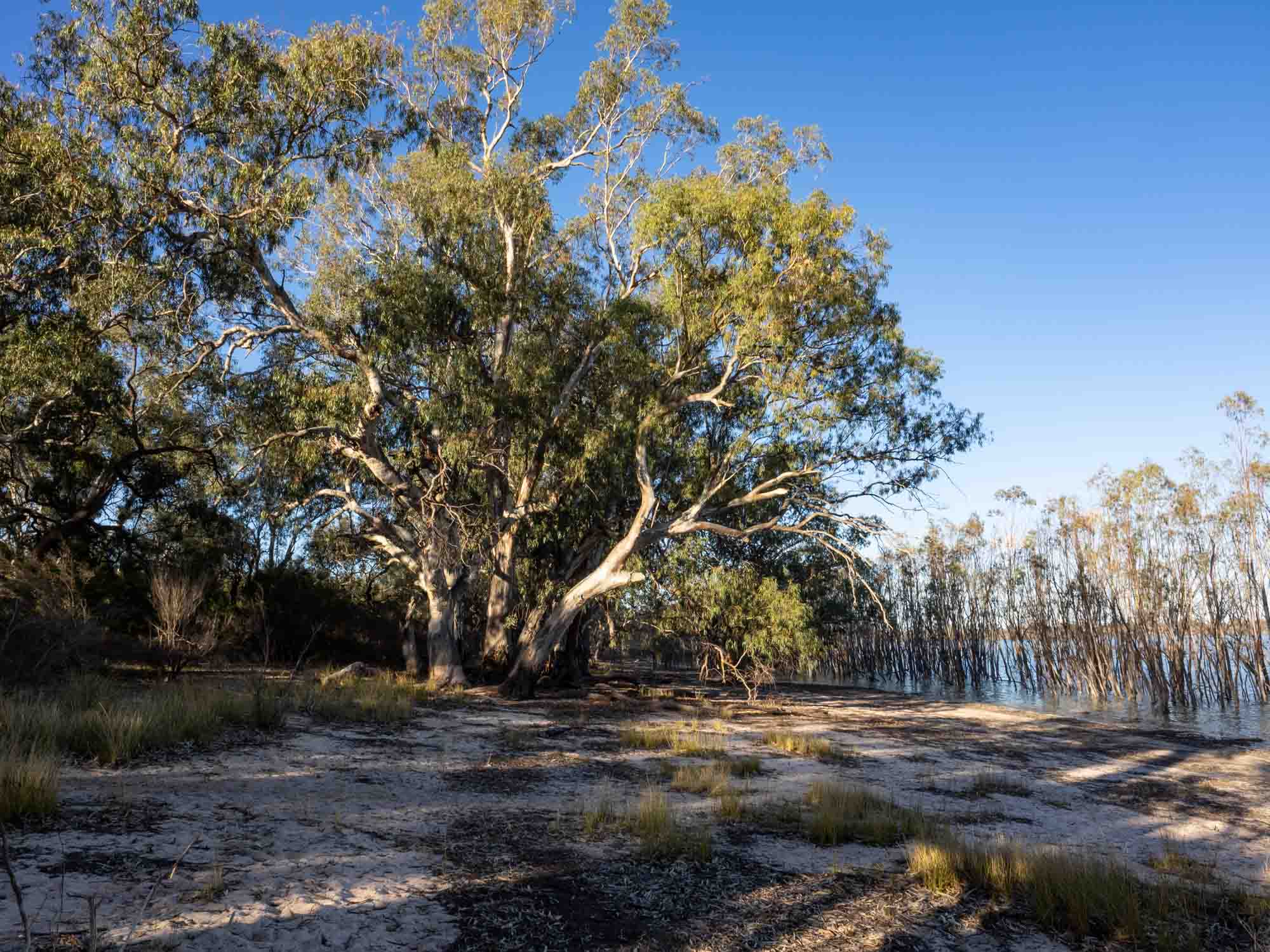
31st October - 4th November: my final post, as we head towards Melbourne.